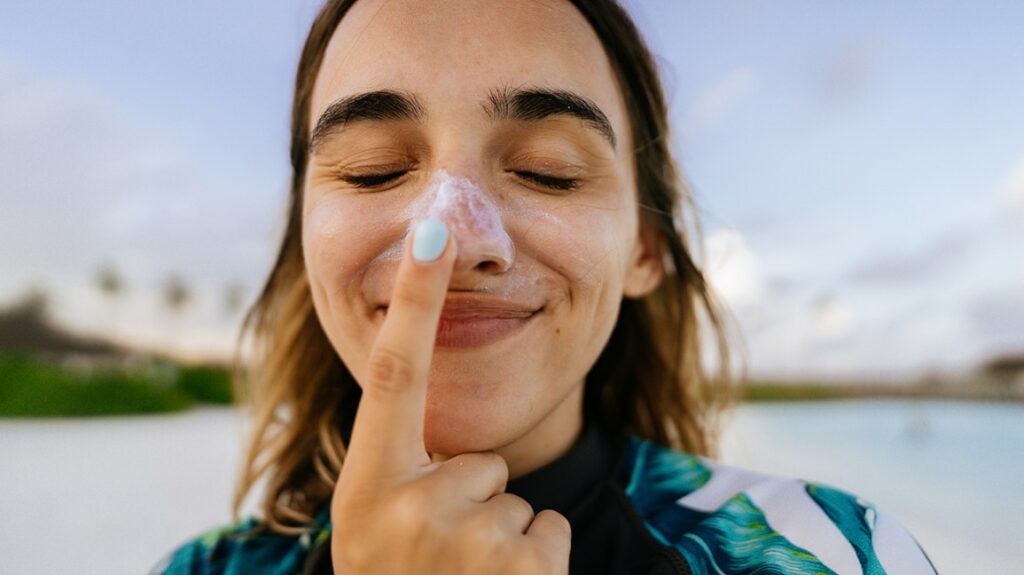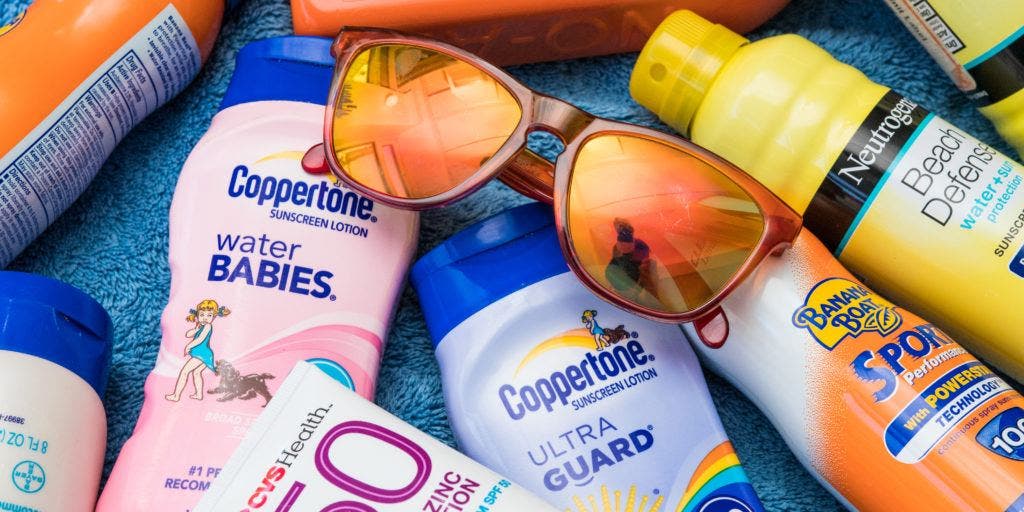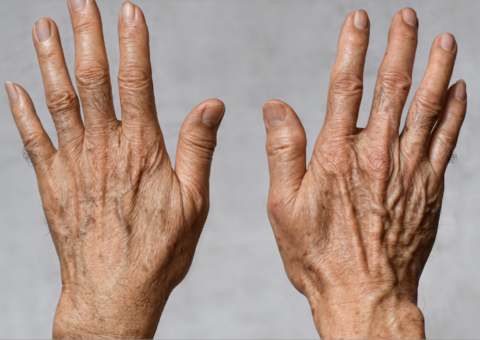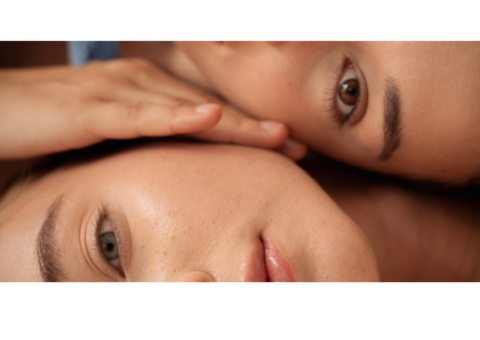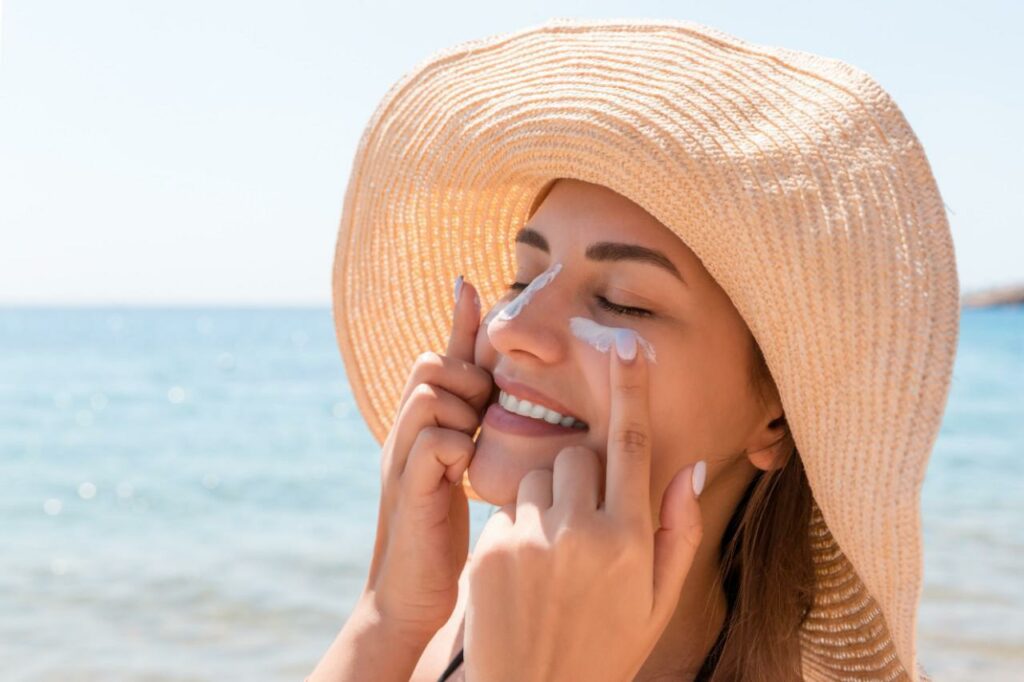
We all know that our South African sun is no joke. We also tend to already know the basics of sun safety such as staying out of the sun during peak hours (10am-3pm) and wearing protective clothing and hats, however, the biggest confusion often occurs over sunscreen. Sunscreen is simply put – the MOST important part of your skincare regimen. Whether you’re a pared-down minimalist type of guy or a skincare junkie – this is one step that is a non-negotiable.
![]() WHICH?
WHICH?
THE ONE WHICH YOU WILL USE EVERY DAY! It doesn’t need to be complicated. Pick one that you like. Apply in an adequate amount and reapply 2-4 hourly. Then repeat.
Things to consider when choosing your sunscreen:
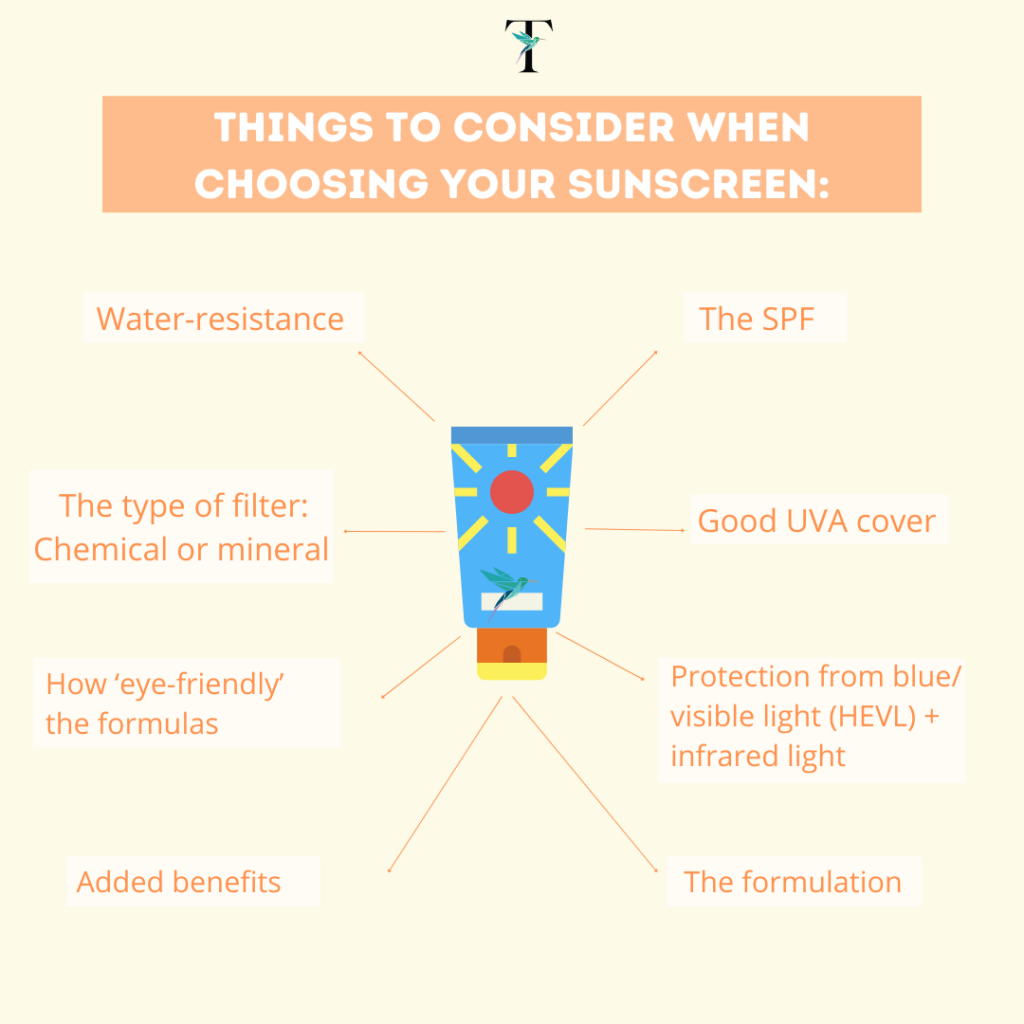
–The SPF
Look for an SPF with a minimum of 30; an SPF 50 is preferable
– Good UVA cover
There is no point protecting yourself from UVB “sunburn” rays but allowing the equally damaging UVA rays through. In South Africa, the CANSA endorsement means that the sunscreen complies with the European Colipa standards: the international gold standard for UV testing. You can rest assured that there is good UVA coverage with our SA CANSA-endorsed sunscreens.
– Protection from blue/ visible light (HEVL) and infrared light
Mineral filters (zinc and titanium dioxide) in particular are the ones to go for and look for sunscreens with added iron oxide and antioxidant protection. In general, TINTED sunscreens contain iron oxide.
– The formulation
Creamier formulations which are more hydrating for mature, drier skin vs non-comedogenic fluids or gels for acne prone skin. I also recommend avoiding spray sunscreens.
– Water-resistance
If you are going to be exercising, sweating or swimming
– The type of filter:
Chemical (or organic) filters absorb UV rays + then give the energy back out as heat. There are the more traditional filters (avobenzone, oxybenzone, octisalate, homosalate, octocrylene – some of which have attracted quite a lot of controversy around safety issues both to humans and to marine life/ coral) + then the (superior) newer-age chemical filters (Tinosorb, Uvinul T150, Mexoryl, ensulizole etc.) which have better safety profiles.
Physical (or mineral) sunscreens on the other hand, both sit on the surface of the skin and reflect the sun’s rays away from the skin as well as absorb UV converting it to heat. These contain zinc oxide or titanium dioxide as their active ingredients + have a rock-solid safety profile. If you don’t want your sunscreen absorbed into your body where it can act as an endocrine disruptor (confusing your body into thinking it is oestrogen – oxybenzone is the black sheep here), rather reach for a physical sunscreen. Bonus – physical sunscreens don’t degrade over time to the same extent that chemical filters do and provide better broad-spectrum UVB + UVA protection as well as protection against visible light. Chemical filters on the other hand require multiple filters in the formulation to cover the full UV spectrum meaning more chance of reactions. This is why physical sunscreens are 100% my first choice for sensitive skin types, during pregnancy and for children.
The environmental aspect: 25% of chemical sunscreen filters are washed off within 20 mins of swimming, releasing up to 6000 tons of sunscreen into coral reefs around the globe each year where they contribute to coral bleaching. Physical sunscreens, on the other hand, are reef safe.
The con of physical sunscreens: they have a greater chance of leaving a white cast on the skin. Sunscreens with chemical filters are often more elegant formulations, more light weight and better suited to oily/ acne prone skin.
My top sunscreen pick is a non-nano zinc mineral or physical sunscreen. If you go for a chemical filter, read the ingredient label and look for Tinosorb or Mexoryl as the safest chemical options. Also don’t forget to check the safety of the inactive ingredients.
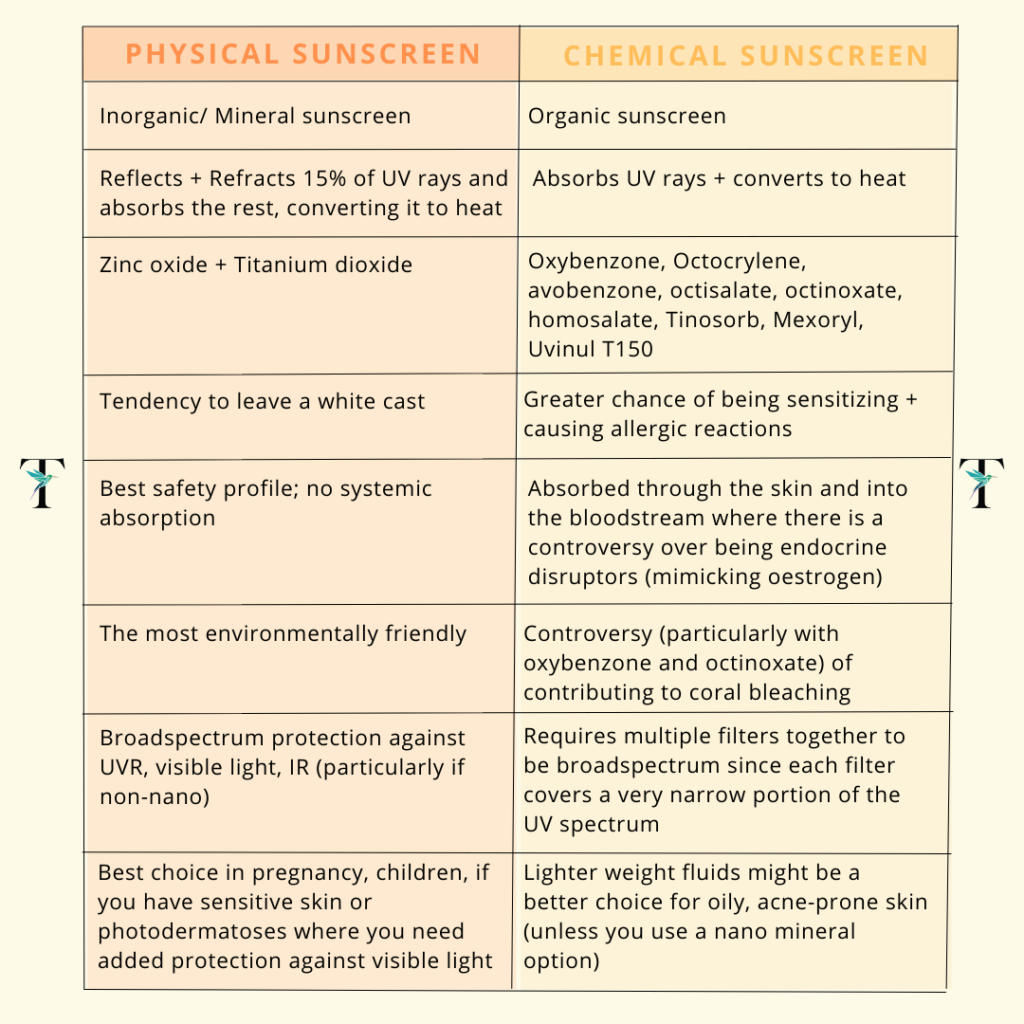
– Added benefits:
Sunscreens which contain additional antioxidants for protection or ingredients targeting particular concerns such as pigmentation or acne. Finally, we also now have access to sophisticated sunscreens such as ISDIN Eryfotona AK-NMSC and Heliocare 360° AK Fluid containing DNA repair enzymes which can actually reverse sun damage.
![]() WHERE?
WHERE?
Anywhere exposed to the sun or visible light! Year-round I apply sunscreen to my face, neck, decolletage and hands. In summer I apply to all areas not covered by UPF protective clothing. REMEMBER: sunscreen was NOT designed to allow you to tan or to sashay around Clifton in a bikini!
Don’t forget the places most commonly missed and where we most commonly pick up skin cancers
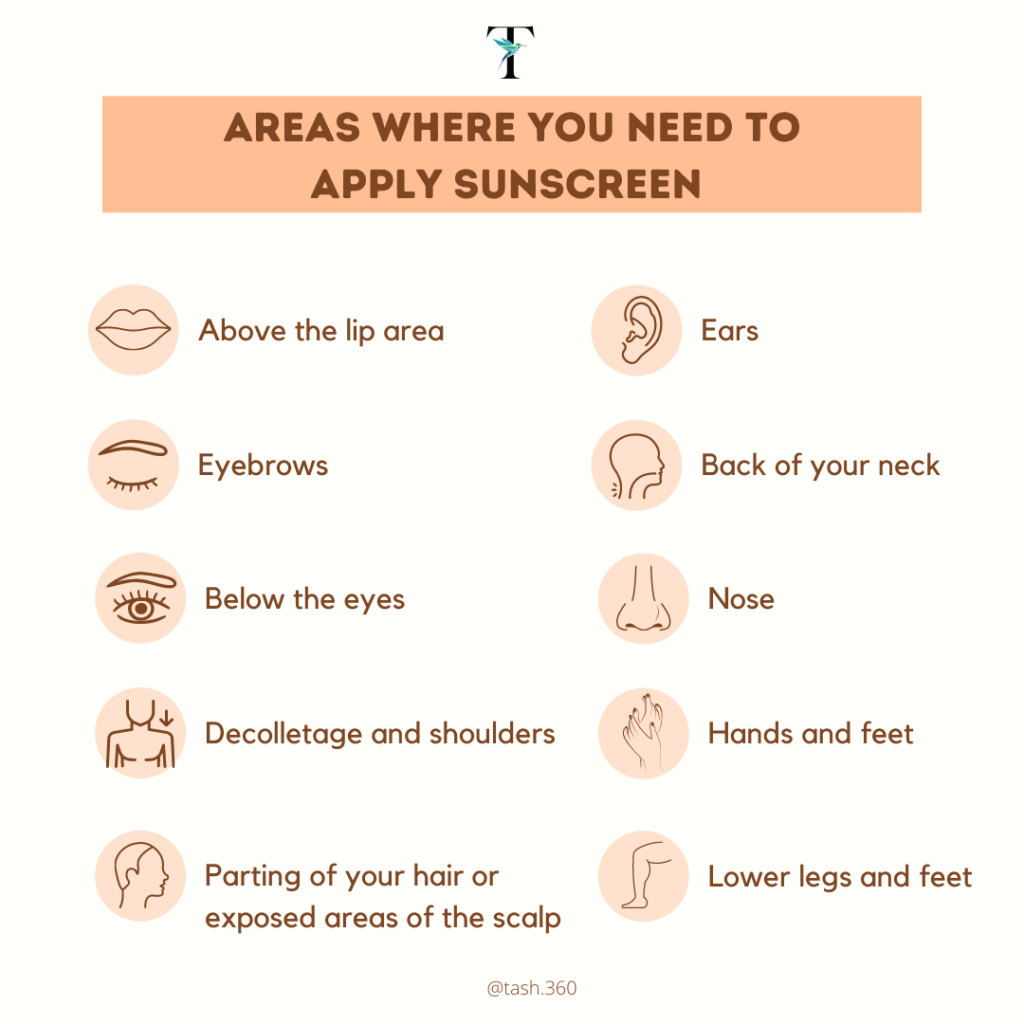
![]() WHEN?
WHEN?
The answer is ALWAYS! Summer, winter, indoors, outdoors.
– When to apply in your skincare regimen
- AFTER your moisturizer if it is a physical or mineral sunscreen
- BEFORE your moisturizer if it is a chemical sunscreen particularly if you are using a thick barrier cream
- Apply make-up with or without SPF OVER your sunscreen – do not dilute your sunscreen with a tinted moisturizer, BB cream or foundation as it will impact its protective value
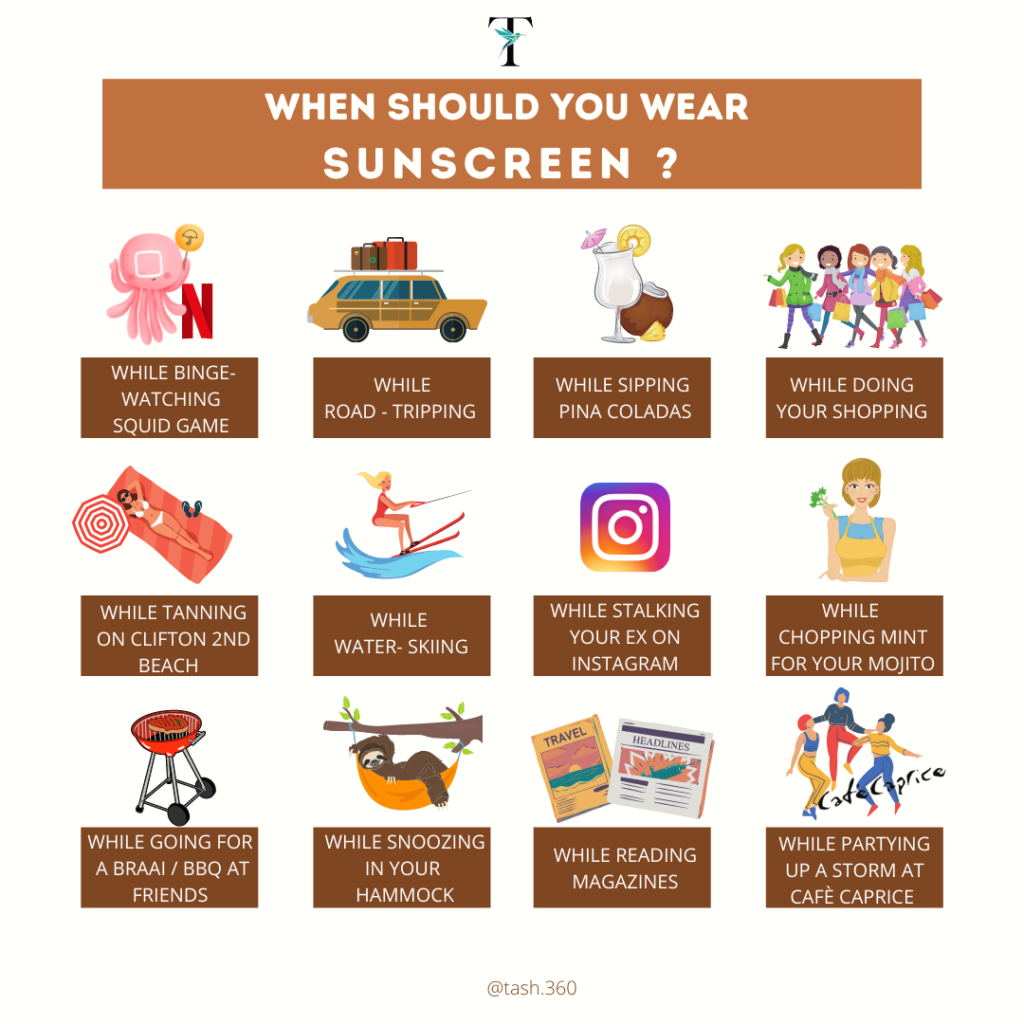
How long before going out into the sun?
The ‘golden number’ is 20 minutes. This applies more to chemicals than physical sunscreens but both require time to ‘settle’ on to the skin.
![]() HOW?
HOW?
You need to make sure that you are getting the actual protection value on the bottle – this means applying the jaw-dropping amount of 2mg/cm2 – ie a LOT of sunscreen! Most people apply only 25-50% of the recommended amount of sunscreen. Remember that if you apply half of the recommended amount of sunscreen, you get only the square root of the SPF protection value (in other words, an SPF of 30 will give you the protection of only an SPF of 5!)
– Ways to make sure you are putting on enough
- The 2 finger length method for the face and neck: squeeze your sunscreen along the length of your index and middle finger to reach the magic quantity of 2mg/cm2
- The ¼- ½ teaspoon method (depending on the size of your face)
- Layering: applying sunscreen can be like painting – a little patchy. Layer your sunscreen and apply it TWICE to ensure uniform spread and even coverage and to make sure that you’re getting the SPF rating on the tube. It also makes blending easier.
- Expert tip: if you find that you look too oily or shiny after application – use an SPF powder to mattify.
- Use a moisturizer with SPF as your first step or a tinted sunscreen, a BB cream with SPF or a foundation with SPF as your second layer since you will never get sufficient protection with the amount of foundation we normally apply.
– Other tips:
- Boost your SPF with an antioxidant serum first – remember that SPF + antioxidants are best friends
- Pat rather than rub in your sunscreen
- Apply a setting powder over your SPF before doing sports to avoid it running into your eyes or opt for a mineral sunscreen which causes less burning of the eyes
You also need to REAPPLY since not only does sunscreen rub off from friction, masks, water, sweat but it also degrades (chemical filters > physical filters).
– Tips for reapplication:
- Reapply every 2 hours or less if outdoors
- Carry sunscreen around with you in your bag
- Do not leave sunscreens in your car where the heat can degrade the UV filters
- Choose compact SPFs which reapply similarly to a foundation, stick SPFs or powder SPFs for easy top-ups throughout the day which do not mess with your make-up.
![]() My top picks
My top picks
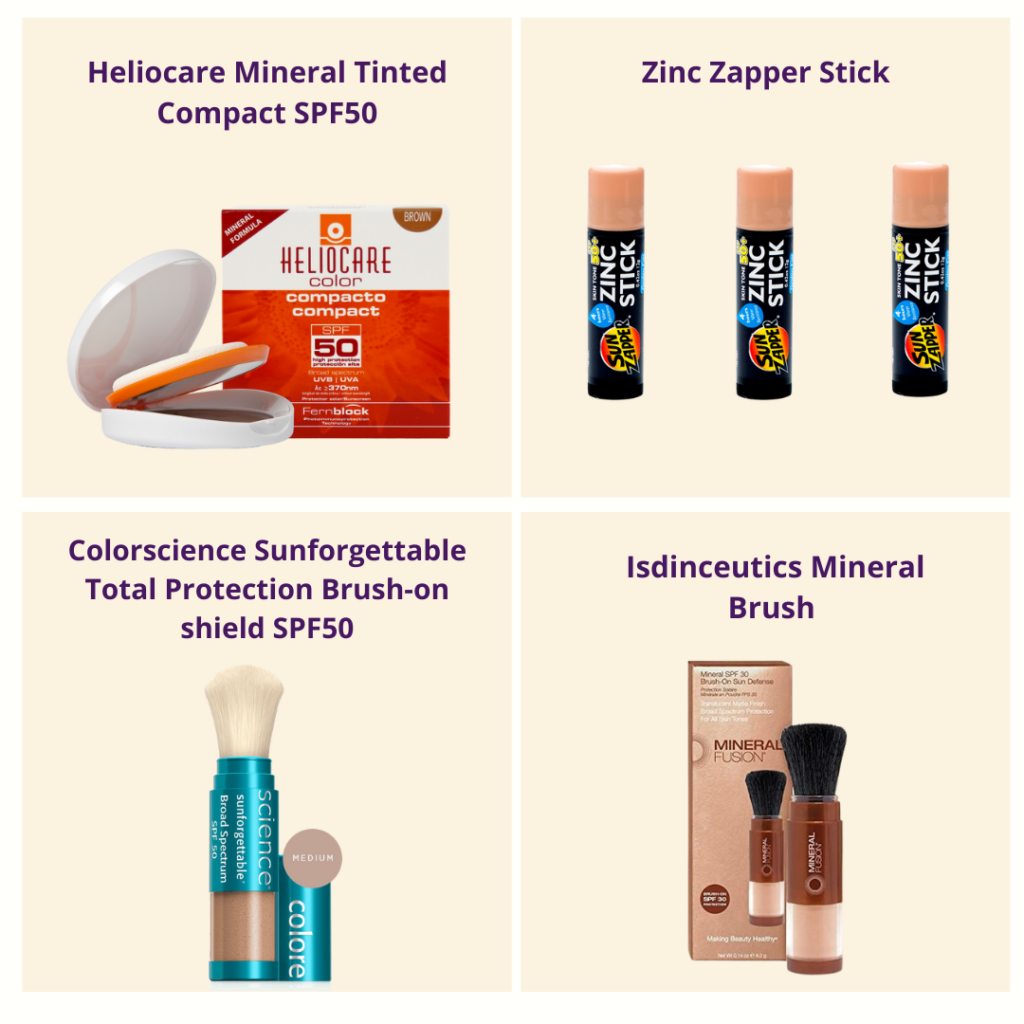
![]() Now that we’ve cleared up the confusion – go forth and arm yourself with your skin’s new BFF!
Now that we’ve cleared up the confusion – go forth and arm yourself with your skin’s new BFF!


